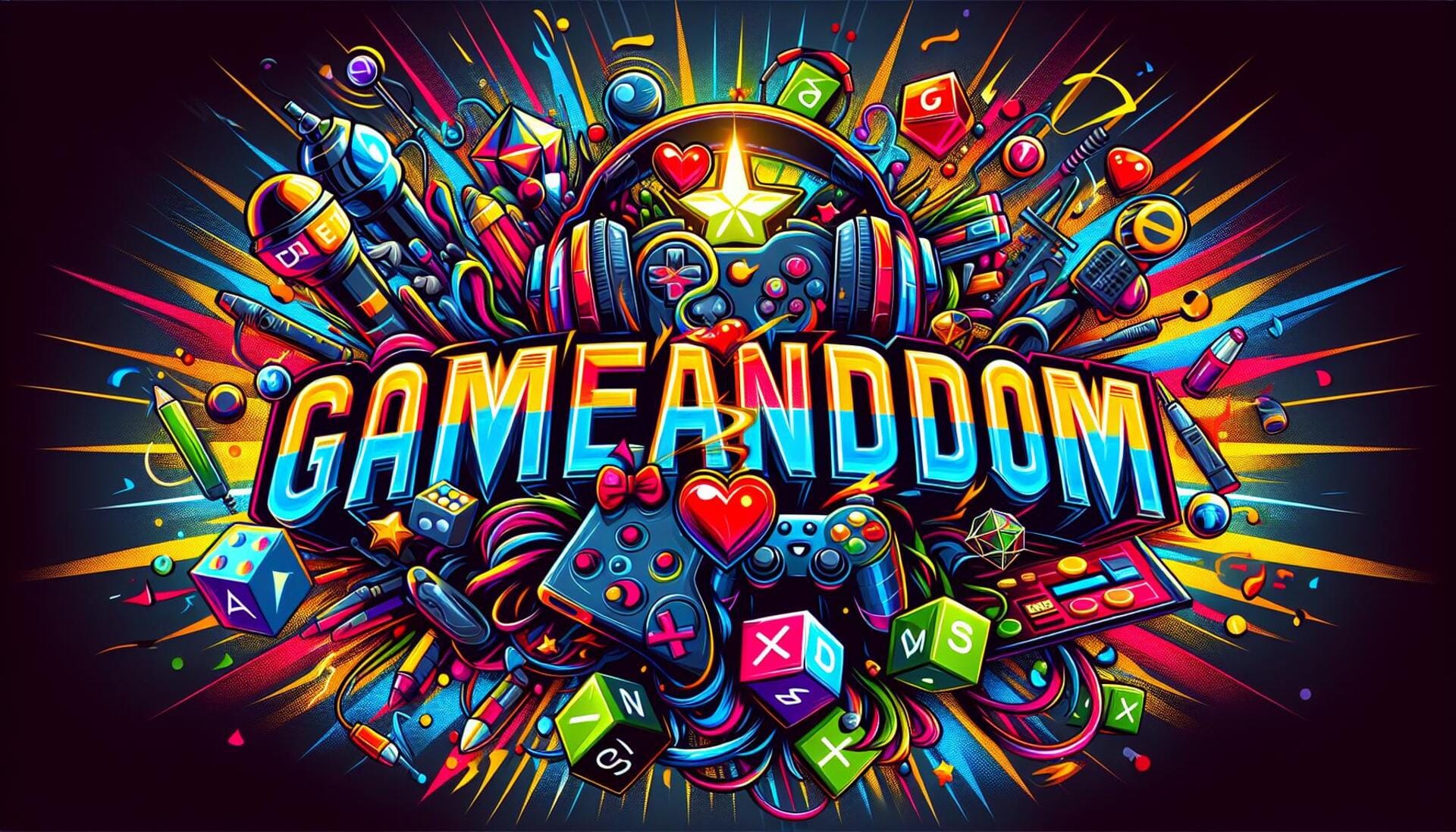
Best practices for player engagement
Best Practices for Player Engagement: Unlocking Success in Gaming
In the ever-evolving world of gaming, maintaining a strong connection with your players is paramount. Engaging players not only enhances their experience but also fosters a loyal community that will return time and again. This article dives deep into the best practices for player engagement, providing you with valuable insights, practical tips, and a roadmap to success.
Why Player Engagement Matters
Player engagement is crucial for various reasons:
- Increased Retention: Engaged players are more likely to stick around, reducing churn rates.
- Positive Word-of-Mouth: Satisfied players share their experiences, attracting new users.
- Enhanced Monetization: Engaged players are more inclined to purchase in-game items or subscribe to services.
Key Benefits of Effective Player Engagement
| Benefit | Description |
|---|---|
| Stronger Community | Builds bonds among players, leading to a supportive environment. |
| Feedback Loop | Encourages players to provide feedback, enhancing game design. |
| Long-Term Success | Fosters loyalty, leading to a sustainable player base. |
Best Practices for Player Engagement
1. Understand Your Audience
To foster engagement, it’s essential to know who your players are. Analyze player demographics, preferences, and behaviors through surveys, analytics, and community interactions.
2. Create a Welcoming Environment
Players should feel at home in your game. Consider the following:
- Implement tutorials to assist newcomers.
- Create welcoming forums where players can connect.
- Use friendly language in game communications.
3. Foster Community Interaction
Encouraging interaction among players is vital. Here are some methods:
- Host community events, challenges, or tournaments.
- Establish forums or Discord servers to facilitate discussions.
- Recognize player achievements and milestones publicly.
4. Leverage Social Media
Utilizing social media platforms enhances player connectivity. Share updates, gather feedback, and engage players through:
- Regular posts about game updates, tips, and community highlights.
- Interactive polls and Q&As to gather player opinions.
- Contests and giveaways that encourage sharing and participation.
5. Provide Regular Updates and Content
Keeping the game fresh is paramount. Regular updates can include:
- New levels, characters, or skins.
- Seasonal events or limited-time challenges.
- Bug fixes and quality-of-life improvements.
6. Personalize the Experience
Consider personalized experiences that make players feel valued:
- Tailor in-game notifications based on player behavior.
- Offer customized rewards that align with player preferences.
- Allow players to create their own content, like skins or levels.
7. Create Engaging Storylines
A compelling narrative can significantly enhance player engagement. Utilize storytelling elements that motivate players to invest time in your game:
- Develop rich lore and backstories for characters.
- Update the plot regularly to maintain intrigue.
- Incorporate player choices that impact the game’s outcome.
Case Studies: Successful Player Engagement
Fortnite
Fortnite is a prime example of player engagement. Through regular updates, unique in-game events, and collaboration with musicians and brands, it keeps players returning for more while fostering a strong community.
World of Warcraft
World of Warcraft leverages a robust community environment through forums, guilds, and in-game events. By regularly introducing new expansions and responding to player feedback, Blizzard continues to engage its player base effectively.
First-Hand Experience: Engaging Players in an Indie Game
As an indie game developer, I learned that implementing a dedicated Discord channel transformed player engagement significantly. We hosted weekly game nights and polls, which made players feel heard and valued. The result? A thriving community that not only provided feedback but also created a supportive space for new players.
Practical Tips for Enhancing Player Engagement
- Monitor Metrics: Regularly track player engagement metrics to understand what works and what doesn’t.
- Ask for Feedback: Actively seek player feedback through surveys and forums, and implement changes based on their suggestions.
- Stay Consistent: Maintain a consistent communication schedule, whether through social media, newsletters, or in-game messages.
Conclusion
Engaging players effectively is a multifaceted process that requires understanding your audience, fostering community, and continuously evolving your game. By implementing these best practices for player engagement, you’ll not only enhance player satisfaction but also create a loyal community that supports your game’s long-term success. Start today and watch your gaming community flourish!




